What Is A Bailey Acacia Tree – Tips For Growing A Bailey Acacia Tree


The Bailey acacia tree (Acacia baileyana) produces many pods filled with seed which are dispersed by birds and have a long viability in soil. Some claim the tree is invasive for this reason, but it is also a nitrogen fixing member of the pea family and can actually help improve soil and conditions for other plants. Here are some tips on growing a Bailey acacia so you can harness its benefits for your landscape and home.
What is a Bailey Acacia?
The acacia tree is native to Australia where it is called a wattle. According to Bailey acacia information, the tree is called the Cootamundra wattle, whose town by the name in South Wales claims it as a native species. Would you like to know how to grow Bailey acacia? It is quite a fascinating plant, good for soil health, as a shade tree, wildlife habitat and food, and for its wood. It also has medicinal properties and can produce a useful dye. What is a Bailey acacia? For starters, it is a 15 to 30 foot (4.5-9 m.) tall tree. You may have seen it as a sidewalk specimen or in parks to provide shade. Bailey's acacia is a fast-growing tree which makes it excellent for reclaiming spaces after disturbances or wildfire. It has an evergreen, rounded canopy and sports bluish grey, feathery compound leaves. The foliage is comprised of 16 to 20 airy pairs of leaflets. The fragrant yellow flowers are quite pretty and pea-like in appearance. Fruits are 2 to 4 inches (5-10 cm.) long, flat, and brown. This is a very drought tolerant plant once established but has minimal wind resistance.
How to Grow Bailey Acacia
Bailey acacia is hardy to USDA zones 8-10. It has no frost tolerance and must be protected from cold snaps. Wild plants prefer light, well-draining, fertile soil. Most commonly, they are propagated from cuttings or nursery stock, but you can try growing a Bailey acacia from seed, however, it will take years to bloom and fruit. Purchase or make well-draining potting soil (3 parts sand, 1 part compost) and fill a seed flat. Moisten the medium evenly. Scarify seed prior to planting or soak overnight in water to soften. Plant seeds ¼ inch (6 mm.) under soil. Cover the container with a clear lid or plastic wrap and place on bottom heat.
Bailey Acacia Care
Keep the flat moderately moist and remove the plastic covering once per day to allow excess moisture to escape and prevent damping off of seedlings. Once the seedlings have two sets of true leaves, they should be moved into individual pots that are twice as large as the root zone. Place these in a greenhouse or cold frame in early spring. In most zones, the plants can be grown outdoors in summer weather but must come inside if any frost threatens. During the winter, except in very warm regions, bring plants indoors after thoroughly checking pots for insects. As seedlings grow, they need moderate moisture, weed removal, and light pruning to produce a vase-like open canopy. When plants are two to three years old, install them in a sunny location of the landscape in a prepared, well-draining bed.
Gardening tips, videos, info and more delivered right to your inbox!
Sign up for the Gardening Know How newsletter today and receive a free copy of our e-book "How to Grow Delicious Tomatoes".

Bonnie Grant is a professional landscaper with a Certification in Urban Gardening. She has been gardening and writing for 15 years. A former professional chef, she has a passion for edible landscaping.
-
 Get Ready For A Summer Of Hummers! Grow These Full Sun Hummingbird Plants and Flowers
Get Ready For A Summer Of Hummers! Grow These Full Sun Hummingbird Plants and FlowersIf you’re lucky enough to enjoy a sunny backyard, make sure you are maxing out on your pollinator opportunities and grow these full sun hummingbird plants and flowers
By Tonya Barnett
-
 12 Lush Alternatives To A Lawn For Sustainable Spaces
12 Lush Alternatives To A Lawn For Sustainable SpacesAlternatives to a lawn are beautiful and also beneficial to your local ecosystem and its pollinators. Explore our top picks for plants to replace grass.
By Tonya Barnett
-
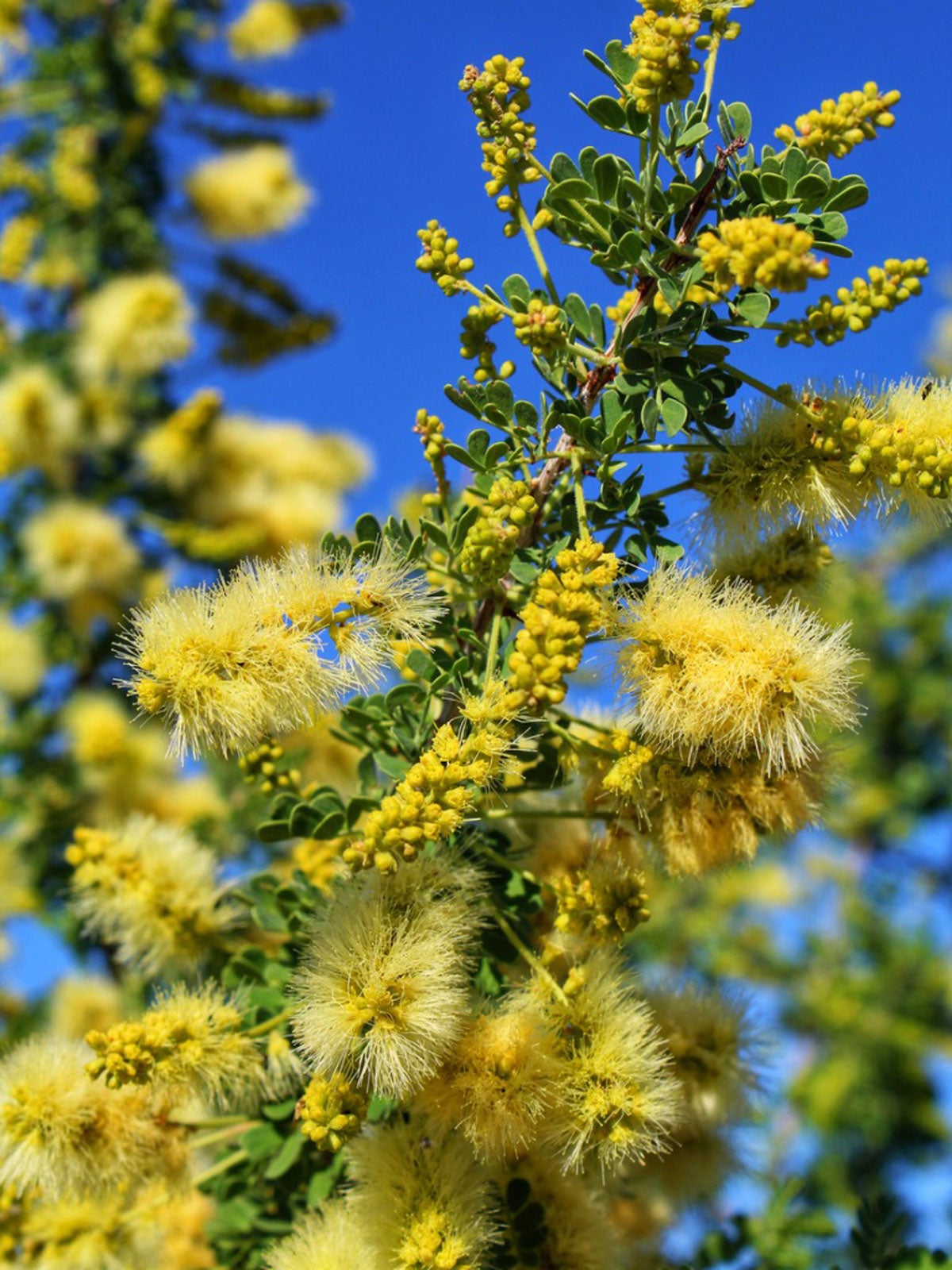 Catclaw Acacia Facts: What Is A Catclaw Acacia Tree
Catclaw Acacia Facts: What Is A Catclaw Acacia TreeLooking for a small tree or large shrub that grows primarily along streambanks and washes, and in chaparral? Learn about catclaw acacia here.
By Mary H. Dyer
-
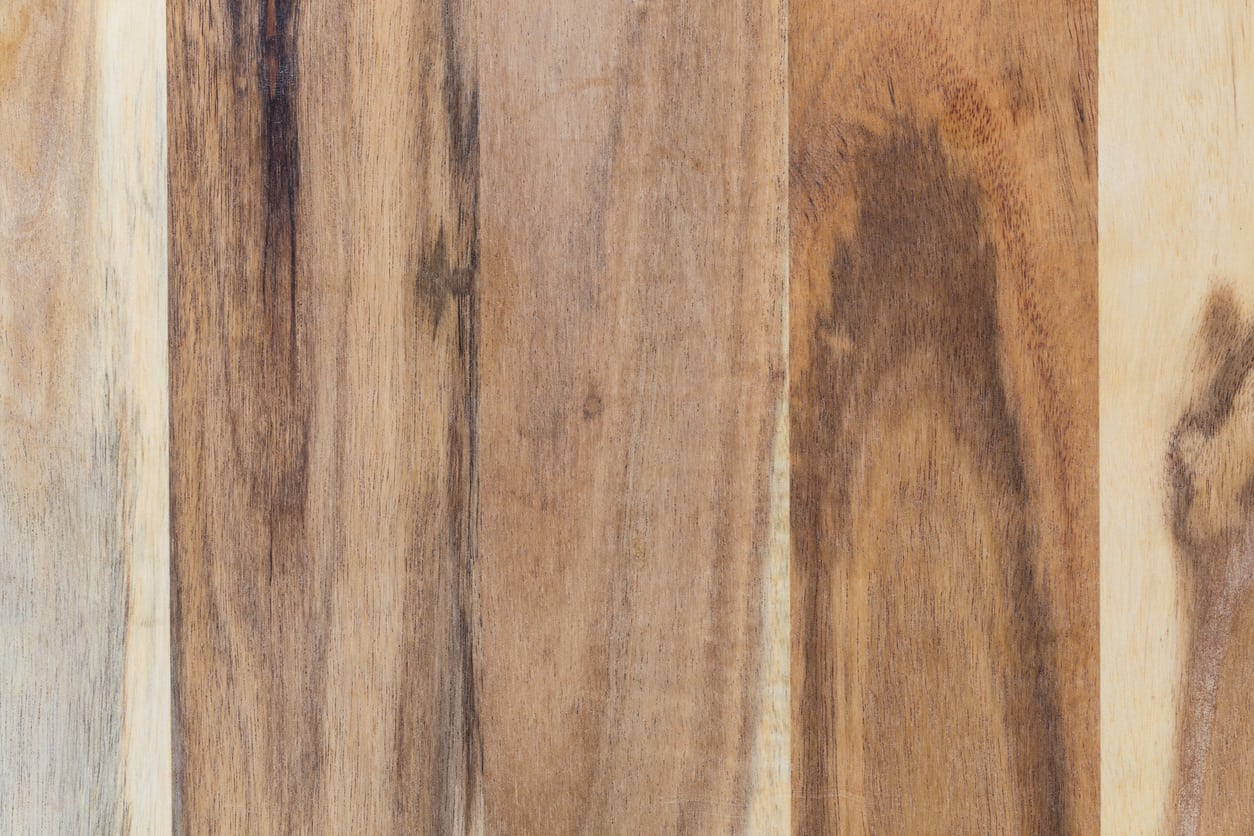 Wood From Acacia Trees: What Is Acacia Wood Used For
Wood From Acacia Trees: What Is Acacia Wood Used ForWood from acacia trees has been used by the Aboriginal people of Australia for centuries and is still in use. What is acacia wood used for? Acacia wood has many uses. The following article contains information on acacia wood uses and more.
By Amy Grant
-
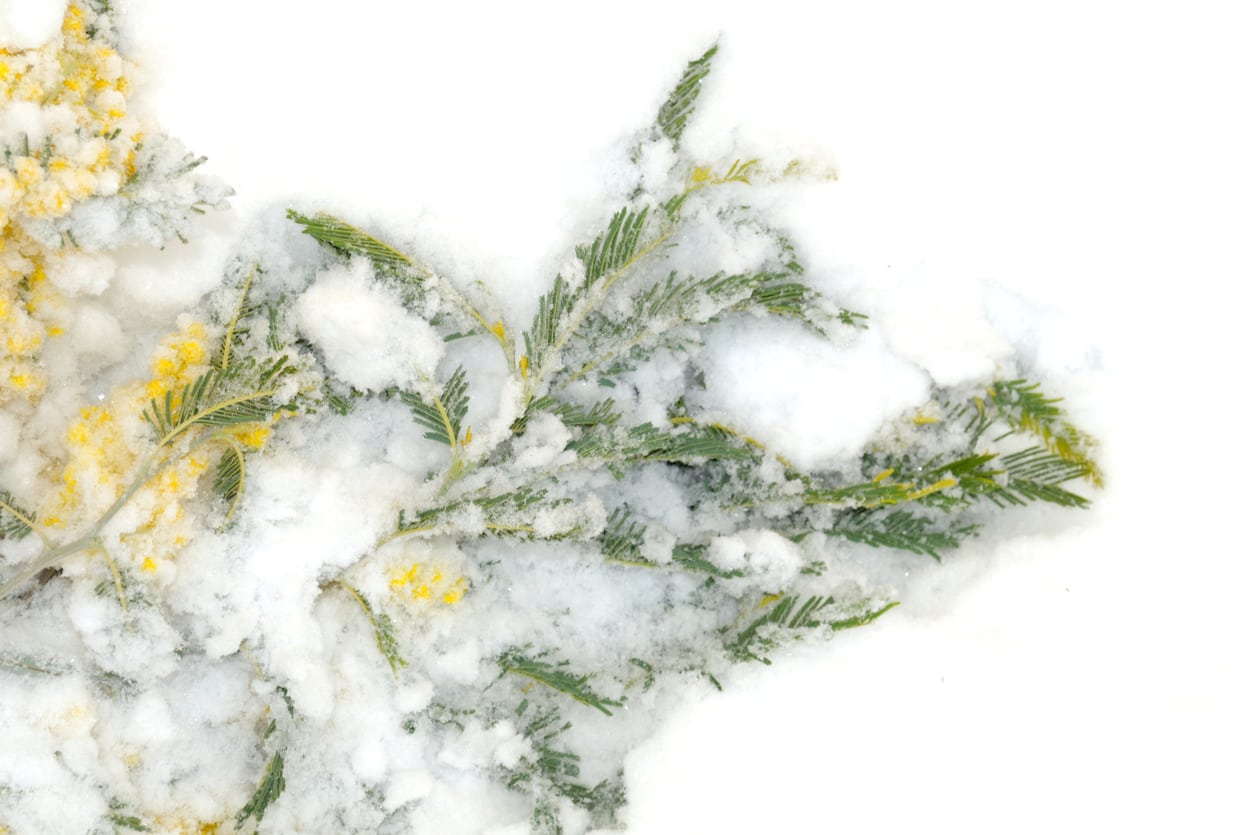 Acacia Winter Care: Can You Grow Acacias In Winter
Acacia Winter Care: Can You Grow Acacias In WinterCan you grow acacias in winter? The answer depends on your growing zone and the type of acacia you hope to grow. Learn more about hardy acacias and cold weather in this article. Click here for additional information.
By Mary H. Dyer
-
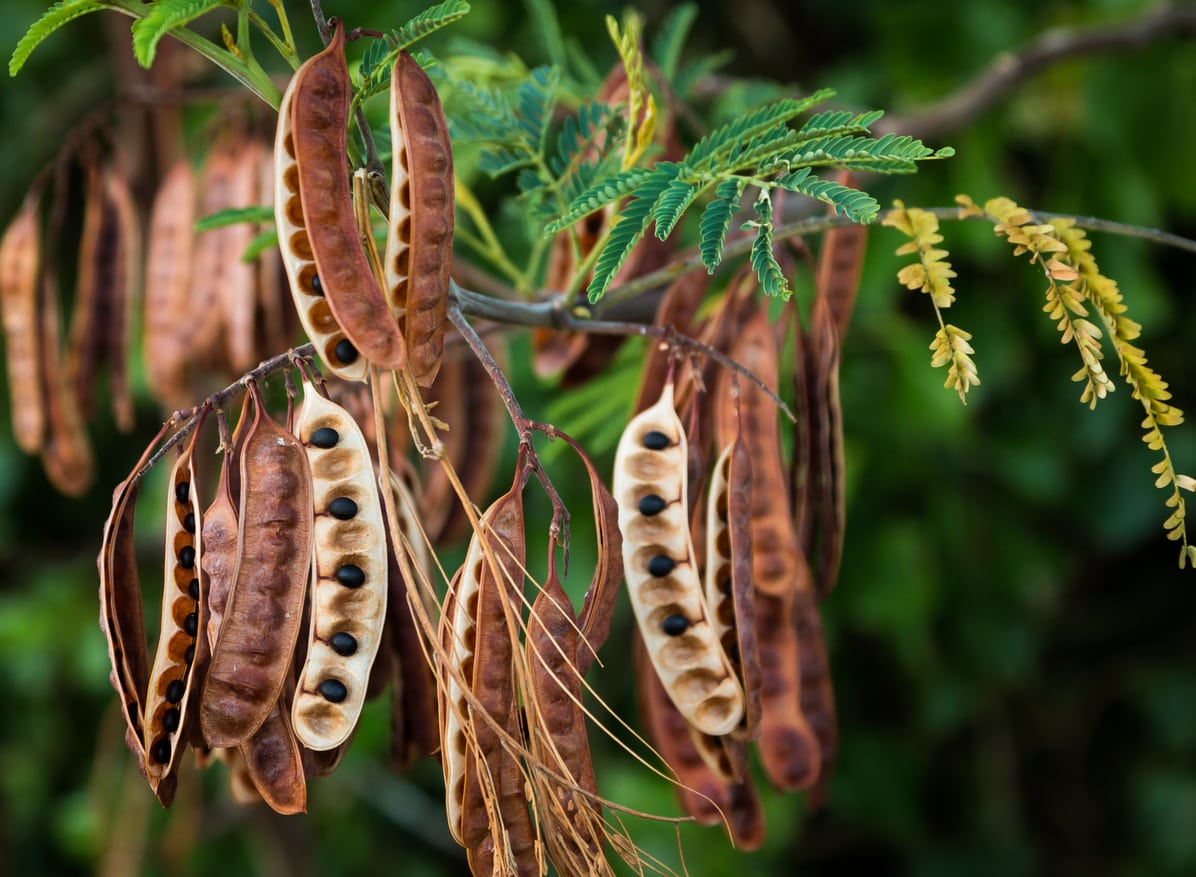 Propagating Acacia Trees – Learn How To Grow New Acacia Trees
Propagating Acacia Trees – Learn How To Grow New Acacia TreesWhile there is a lot of variety within the genus, acacias tend to be attractive, with beautiful yellow or white flowers and, in some cases, impressive thorns. But what do you do if you want more acacias in your life? Click here to learn more about acacia reproduction.
By Liz Baessler
-
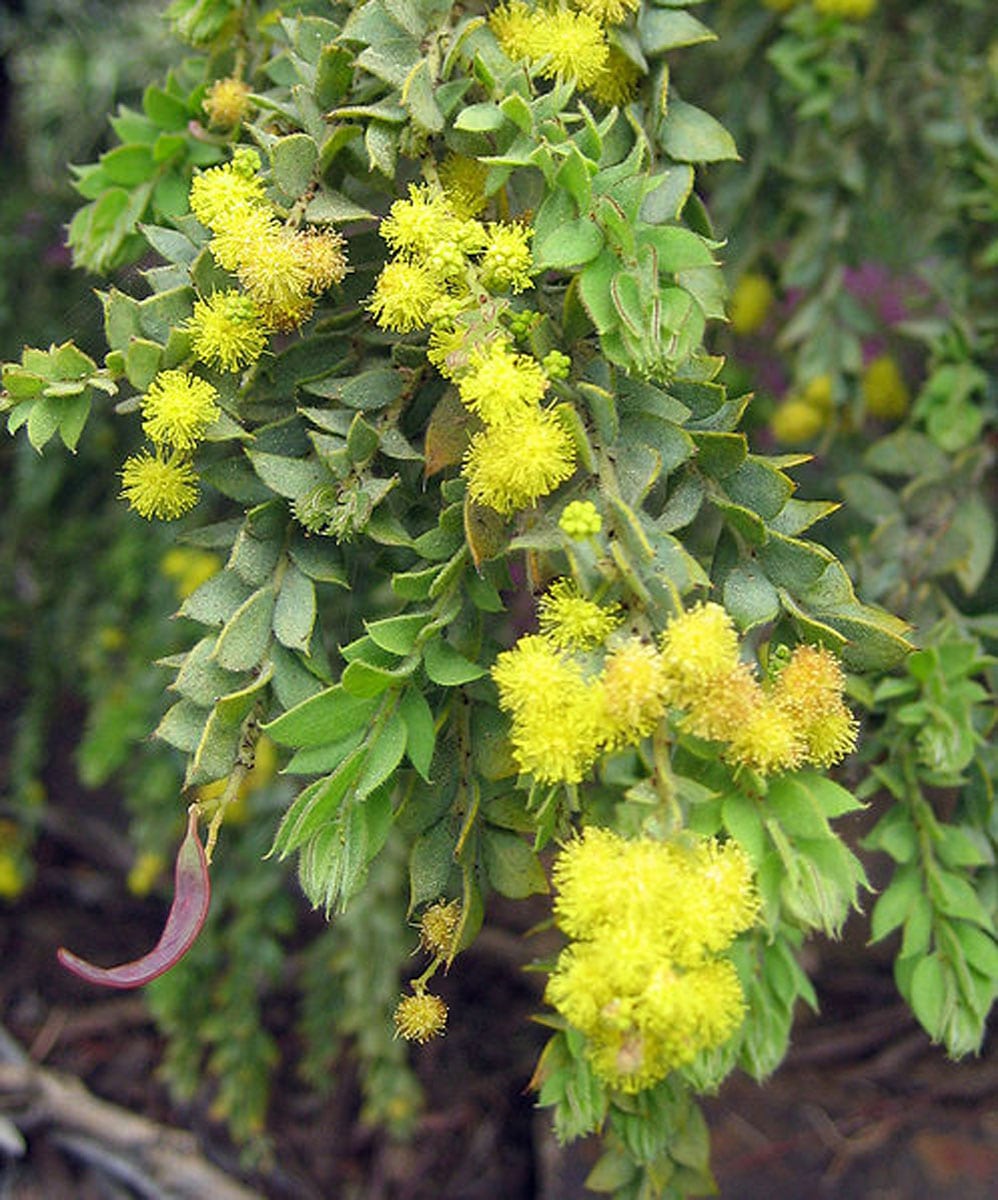 Knifeleaf Tree Care – Learn How To Grow Knifeleaf Acacia Trees
Knifeleaf Tree Care – Learn How To Grow Knifeleaf Acacia TreesAcacias are one of the wonders of the savannah. In Australia, these magnificent plants are called "wattle" and Knifeleaf acacia trees are an outstanding example of native flora. Some background on the tree, found here, will help you decide if the plant is right for your landscape.
By Bonnie L. Grant
-
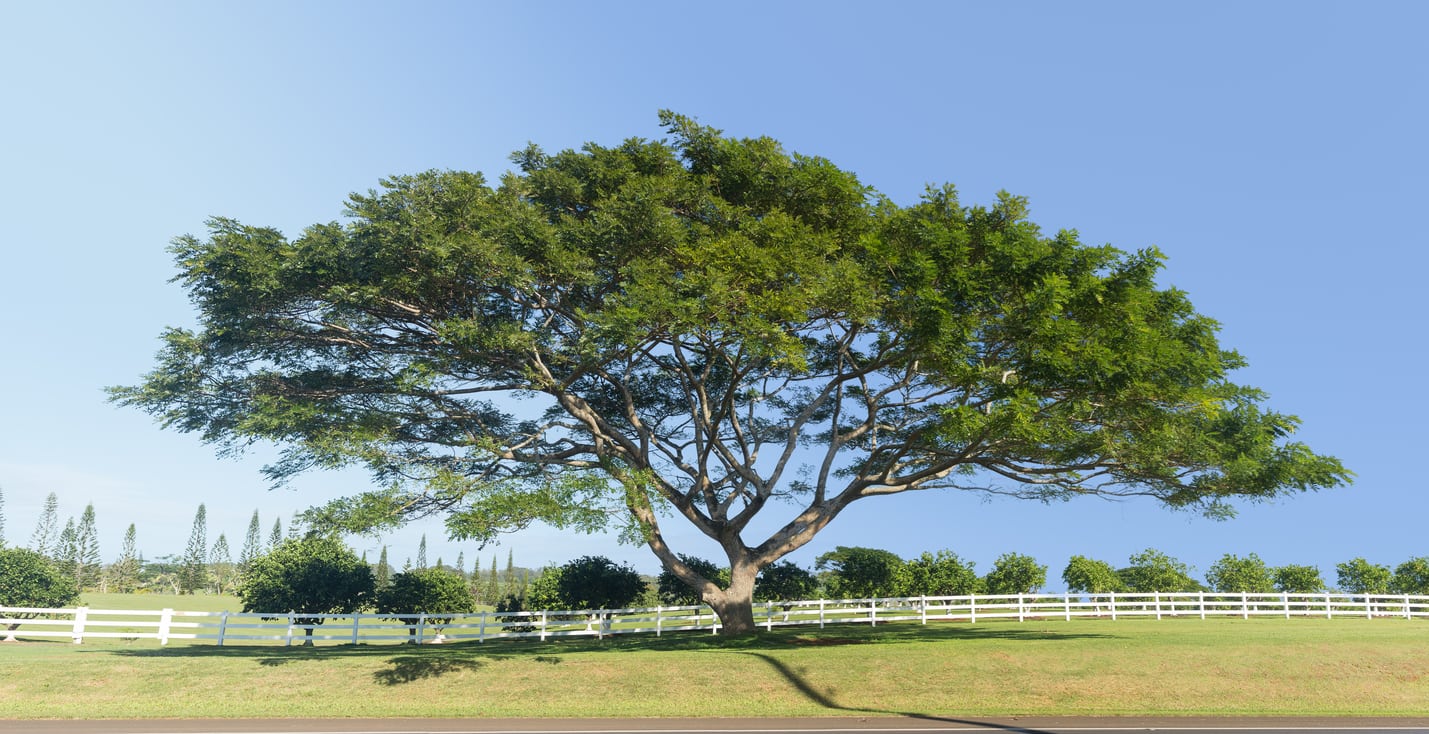 Acacia Koa Information And Care: Where Do Acacia Koa Trees Grow
Acacia Koa Information And Care: Where Do Acacia Koa Trees GrowGrowing a koa tree should only be attempted where the conditions are right, namely those of Hawaii, its native area. These are beautiful shade trees that do best in their natural habitat but can be grown to a shorter lifespan and smaller size. Click here for more info.
By Mary Ellen Ellis
-
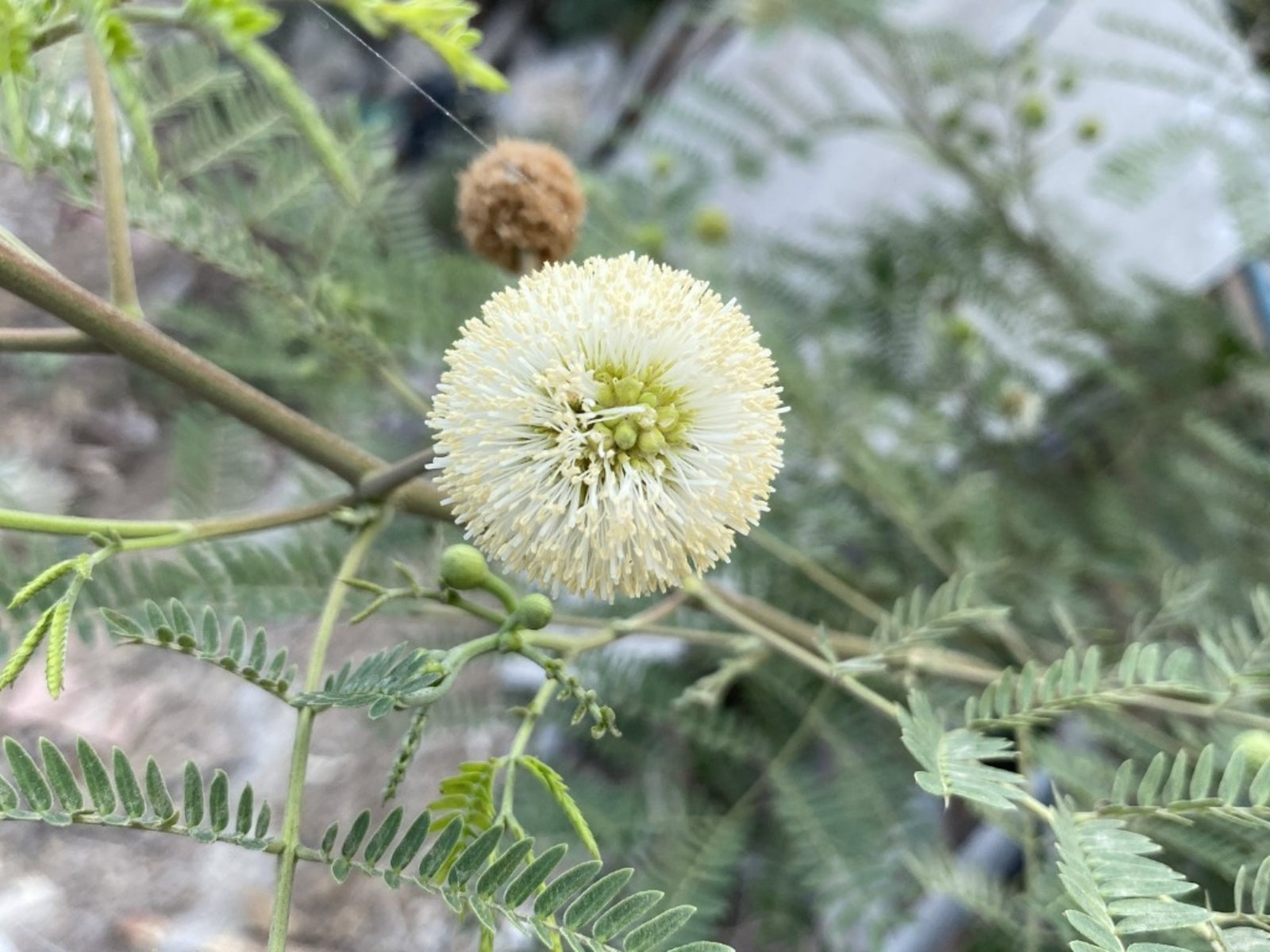 Guajillo Acacia Info – Tips For Growing A Texas Acacia Shrub Or Tree
Guajillo Acacia Info – Tips For Growing A Texas Acacia Shrub Or TreeThe guajillo acacia shrub is drought-tolerant and native to Texas, Arizona, and the rest of the Southwest. It is a great choice in landscapes and gardens for ornamental purposes and to screen areas or attract pollinators. Learn more about it in this article.
By Mary Ellen Ellis
-
 What Is Acacia Gum: Acacia Gum Uses And History
What Is Acacia Gum: Acacia Gum Uses And HistoryYou may have seen the words "acacia gum" on some of your food labels. Where does acacia gum come from? Trees found in tropical Africa. Acacia gum has a long history of natural use and is now easy to find in natural health stores around the world. Click here for more info.
By Bonnie L. Grant